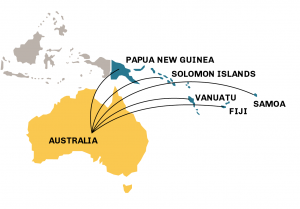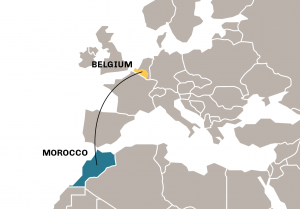A Global Skill Partnership is a bilateral labor migration agreement between a country of origin and a country of destination. It is a way to regulate how migration happens in a context where the labor forces are shrinking in countries of destination but growing rapidly in countries of origin, resulting in increased labor market pressure. The model can address legitimate concerns about the impact of migration on both sides.
The country of origin agrees to train people in skills specifically and immediately needed in both the country of origin and destination. Some of those trainees choose to stay and increase human capital in the country of origin (the “home” track); others migrate to the country of destination (the “away” track). The country of destination provides technology and finance for the training, and receives migrants with the skills to contribute to the maximum extent and integrate quickly. In December 2018, after 18 months of consultations, negotiations, and public debate, 163 states adopted the Global Compact for Migration. Global Skill Partnerships are the only specific policy idea included in this landmark agreement.
This brochure provides an overview of the model in English, and is also available in French and Spanish.



